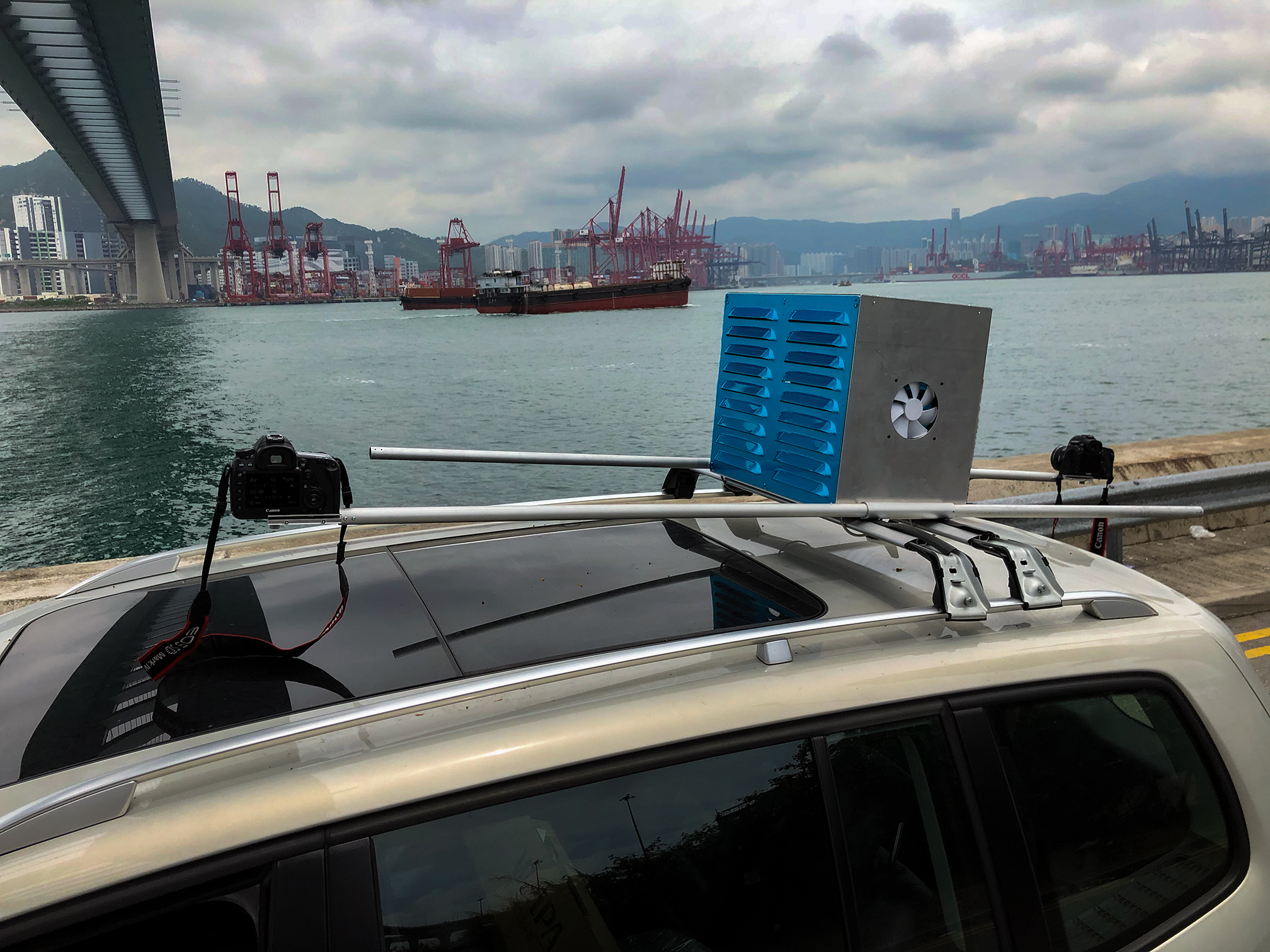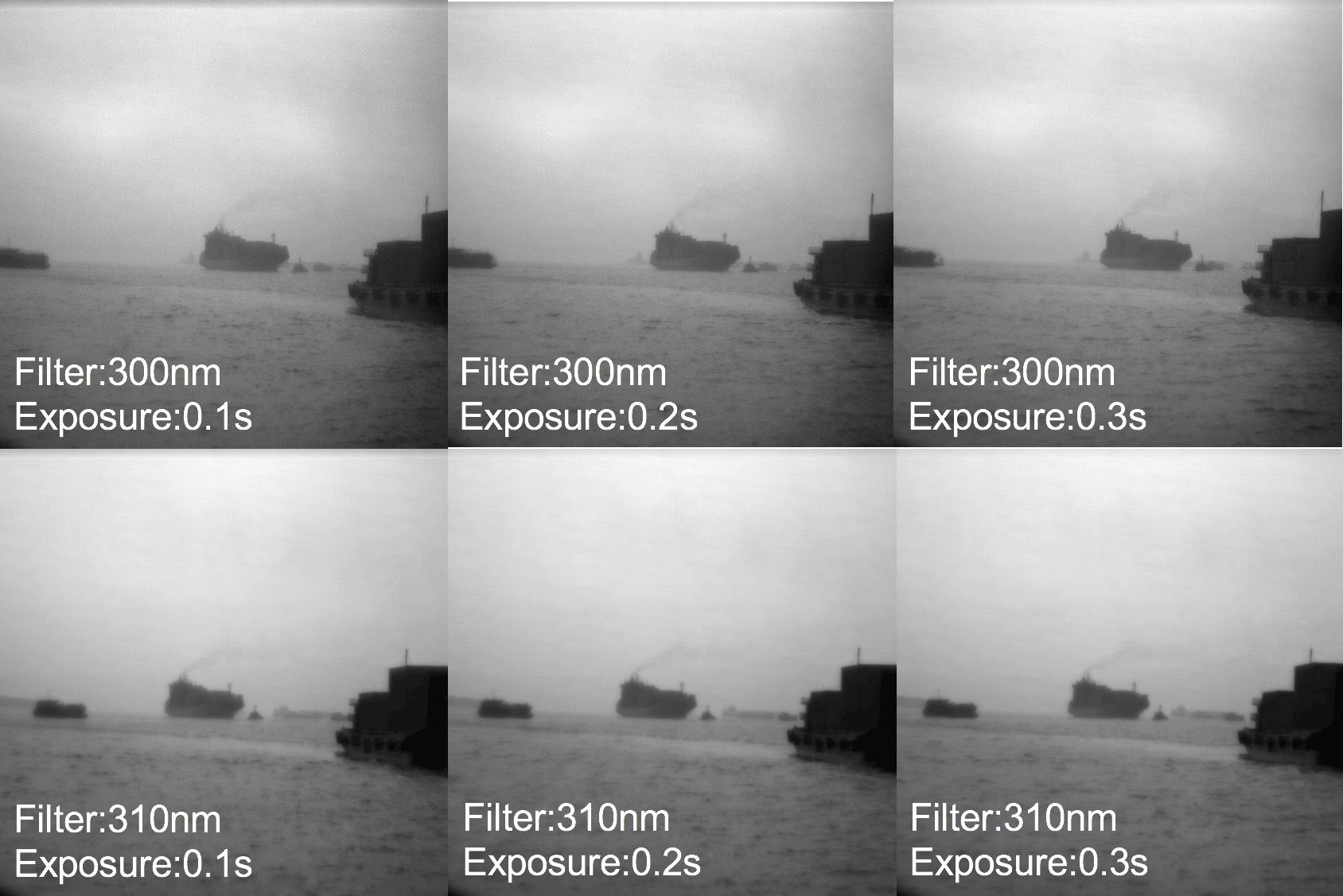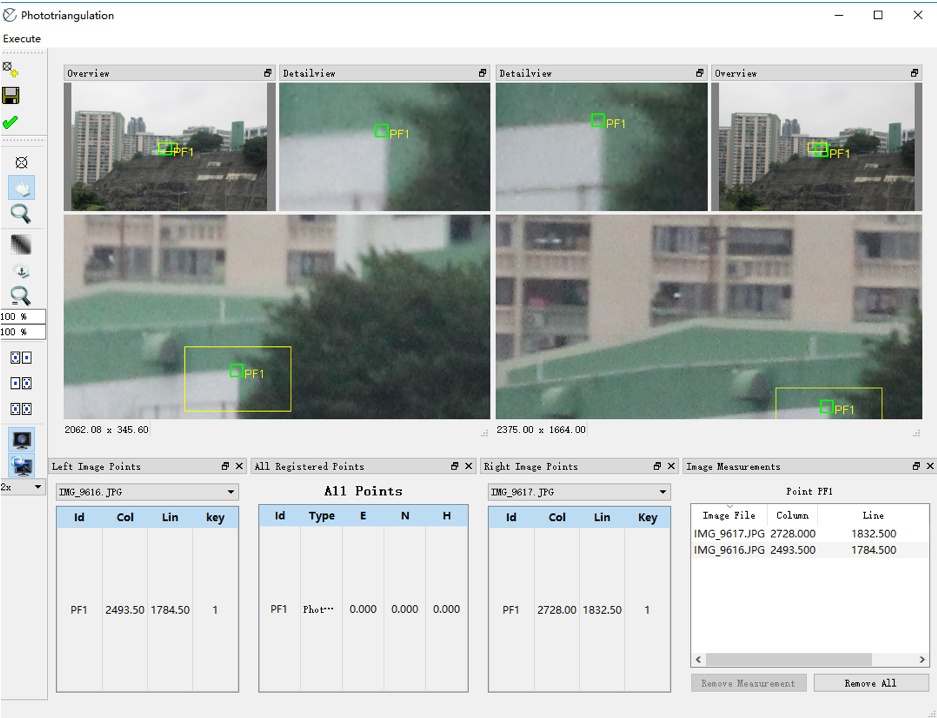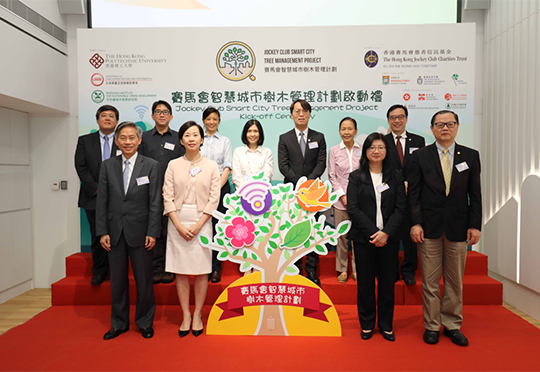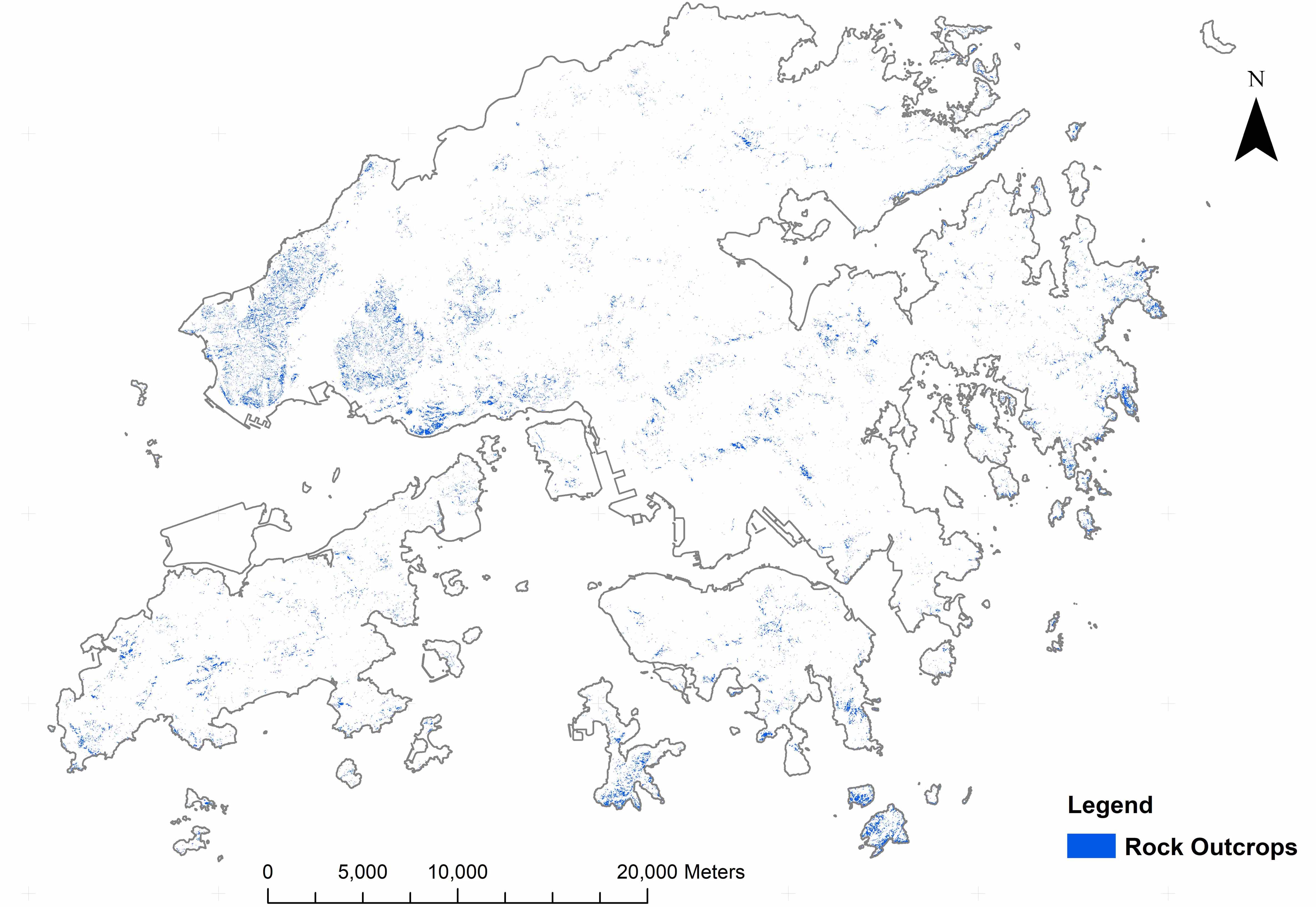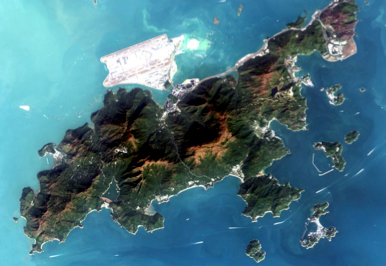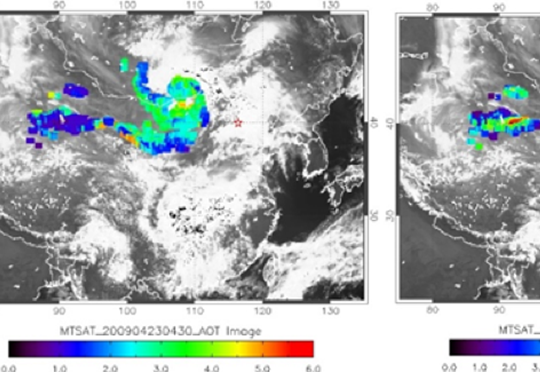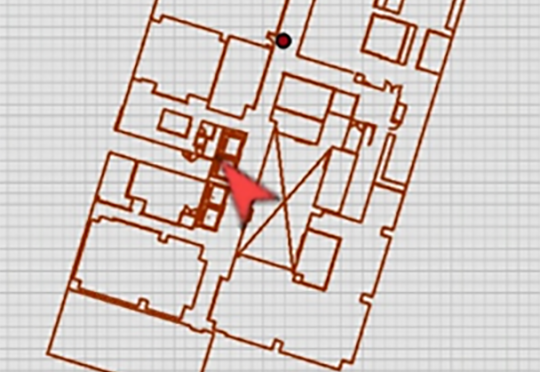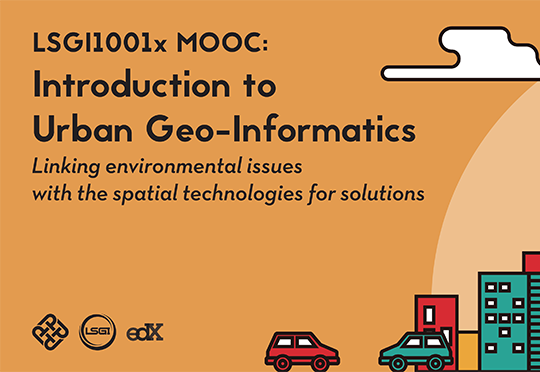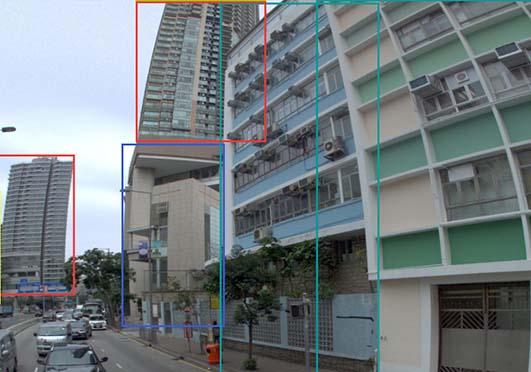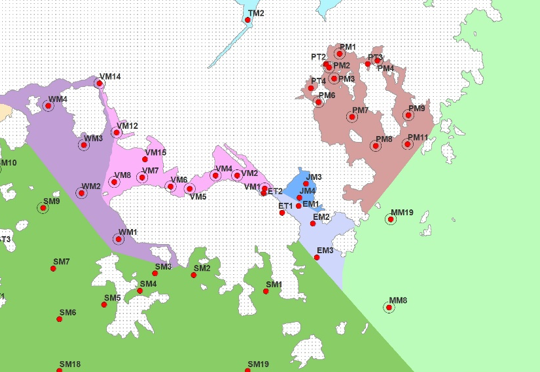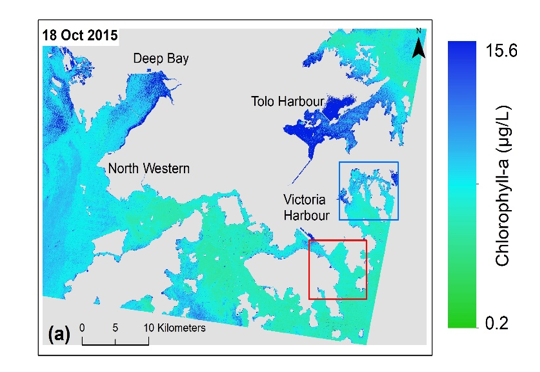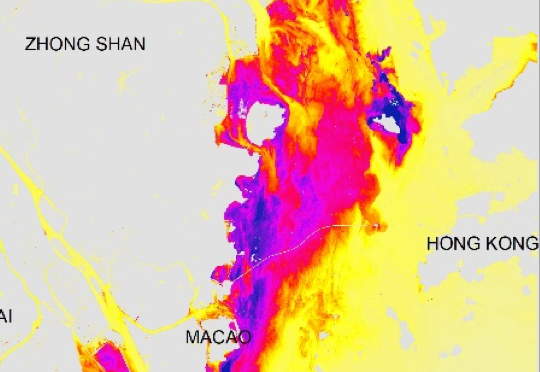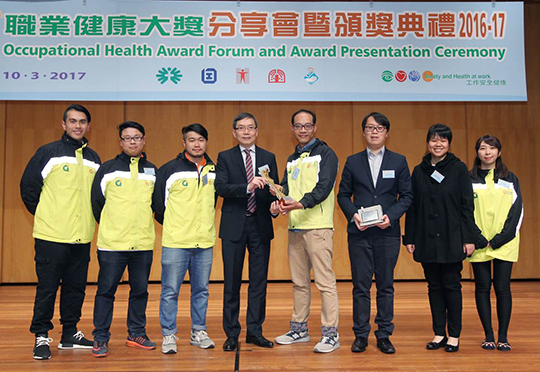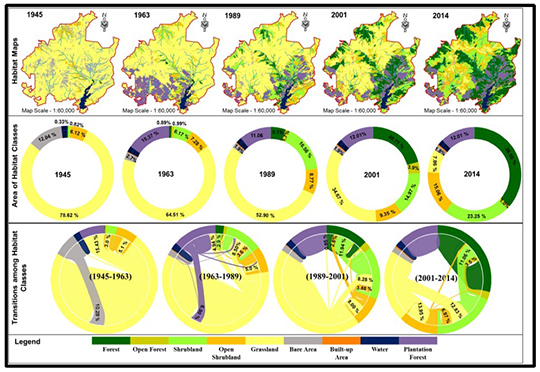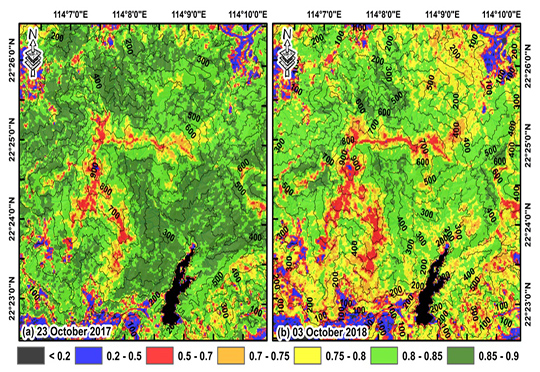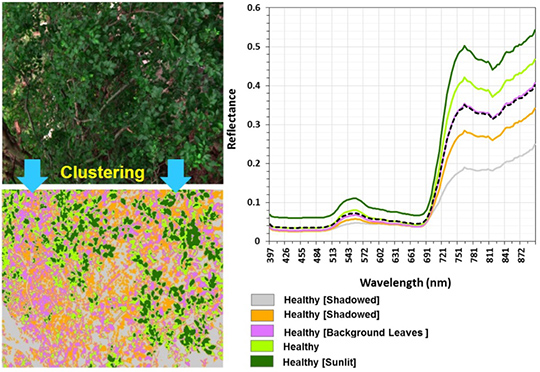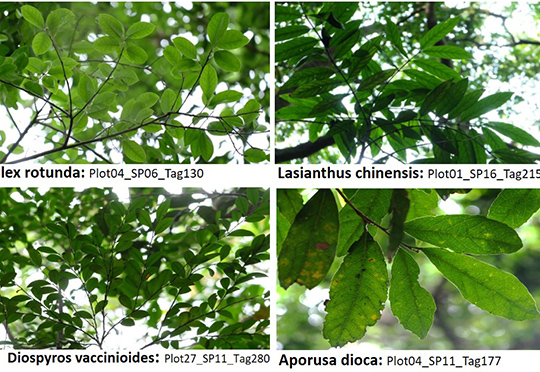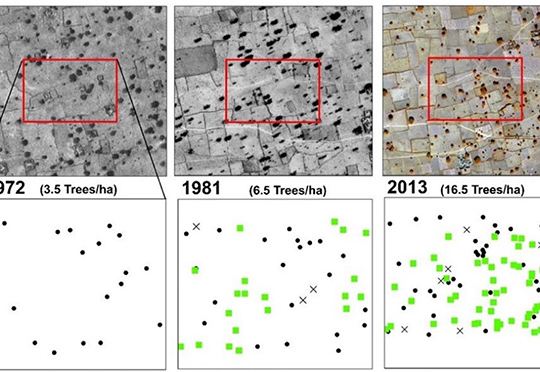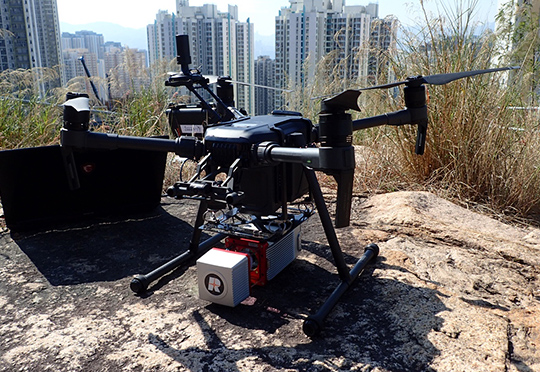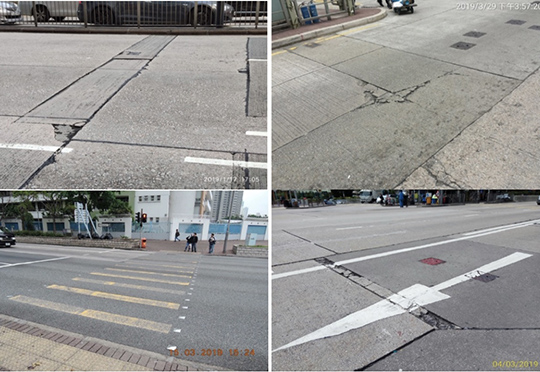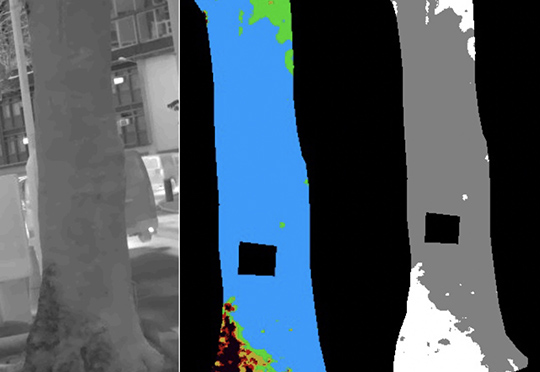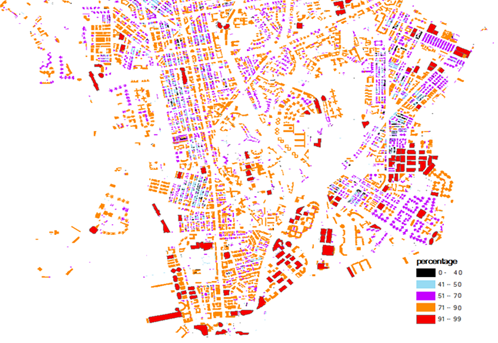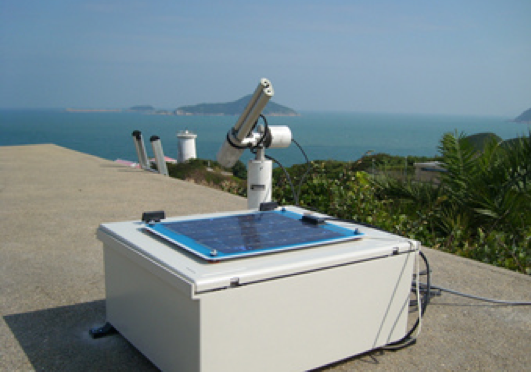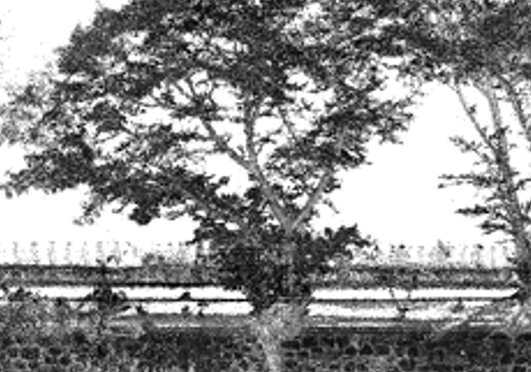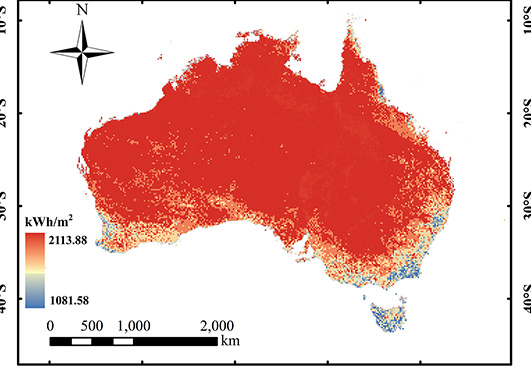-
SCOPE
This project aims to develop a methodology for automated detection and monitoring of sulphur dioxide (SO2) from ship emission by using UV-based remote sensing technology.
The Environmental Protection Department (EPD) of Hong Kong released statistics of Hong Kong air pollutant emission annually. The data shows that 50% of SO2 comes from ship emissions. To reduce such a pollution source, recently international regulations have been developed and adopted in Hong Kong, including regulations for fuel switching, improvement in fuel efficiency, and improvement in operation practices. However, the enforcement of the law becomes a challenge as the current practice of using on-board sampling from ships is not very efficient. As a result, only a very small percentage of the ships can be checked and thus there is an urgent need for an automated detection and monitoring method with remote sensing capacity. This project will develop a UV-based remote sensing technology for SO2 detection and monitoring from ship emissions.
-
METHODS
This project utilizes a UV camera to take images of ship emissions from a distance (less than 1km) and then estimates SO2 concentrations from UV images, based on the principle that SO2 absorbs UV light. First, models between UV image intensity and SO2 concentrations in different atmospheric environments were established through systematic experiments with a specially tailor-made device; then, refined at coastal environments; and finally, calibrated with on-board samples from ships. Comparison with on-board samples from 15 ships reveals an overall accuracy of 93.33%.
-
OUTCOMES
A UV-based remote sensing technology for SO2 detection and monitoring from ship emissions has been developed. The results of experimental tests indicate that the accuracy of this technology is high. Moreover, we designed and made a platform to integrate all the components together. This planform can be mounted on both the tripod and the vehicle. In addition, a software has been developed to control the devices.
This technology has the merits of non-contact, a high accuracy, and a capacity of monitoring more than one ships at once. In particular, it is able to quickly pinpoint the ship that emit excessive SO2.
A UV-based Remote Sensing Technology For Sulphur Dioxide Detection And Monitoring From Ship Emissions
Sulfur dioxide (SO2) is a toxic gas affecting human health. In Hong Kong, 50% of SO2 comes from ship emissions, according to EPD. The Government has now adopted international regulations requiring ships to minimize SO2 emissions. However, current monitoring practice of using on-board sampling from ships is not very efficient so that only a very small percentage of ships can be checked daily. Thus, there is a need of automated methodology for inspection and/or monitoring of SO2 emissions from ships. This project serves for such a purpose. It is led by Prof. Zhilin Li, Dr. Charles Wong and Prof. John Liu.
This project aims to develop a UV-based remote sensing technology for such monitoring. It utilizes a UV (Ultraviolet) camera to take images of ship emissions from a distance (less than 1km) and then estimates SO2 concentrations from UV images, based on the principle that SO2 absorbs UV light. In this project, first of all, models between UV image intensity and SO2 concentrations in different atmospheric environments were established through systematic experiments with a specially tailor-made device; then, refined at coastal environments; and finally, calibrated with on-board samples from ships. Comparison with on-board samples from 15 ships reveals an overall accuracy of 93.33%.
The UV camera is portable. However, a more professional system has been implemented, which comprise with one UV camera, two RGB cameras and a notebook into an expandable support device that can be mounted on tripods, cars, aircrafts and ships. The system is able to monitor multiple ships simultaneously and results can be generated at near real time.
